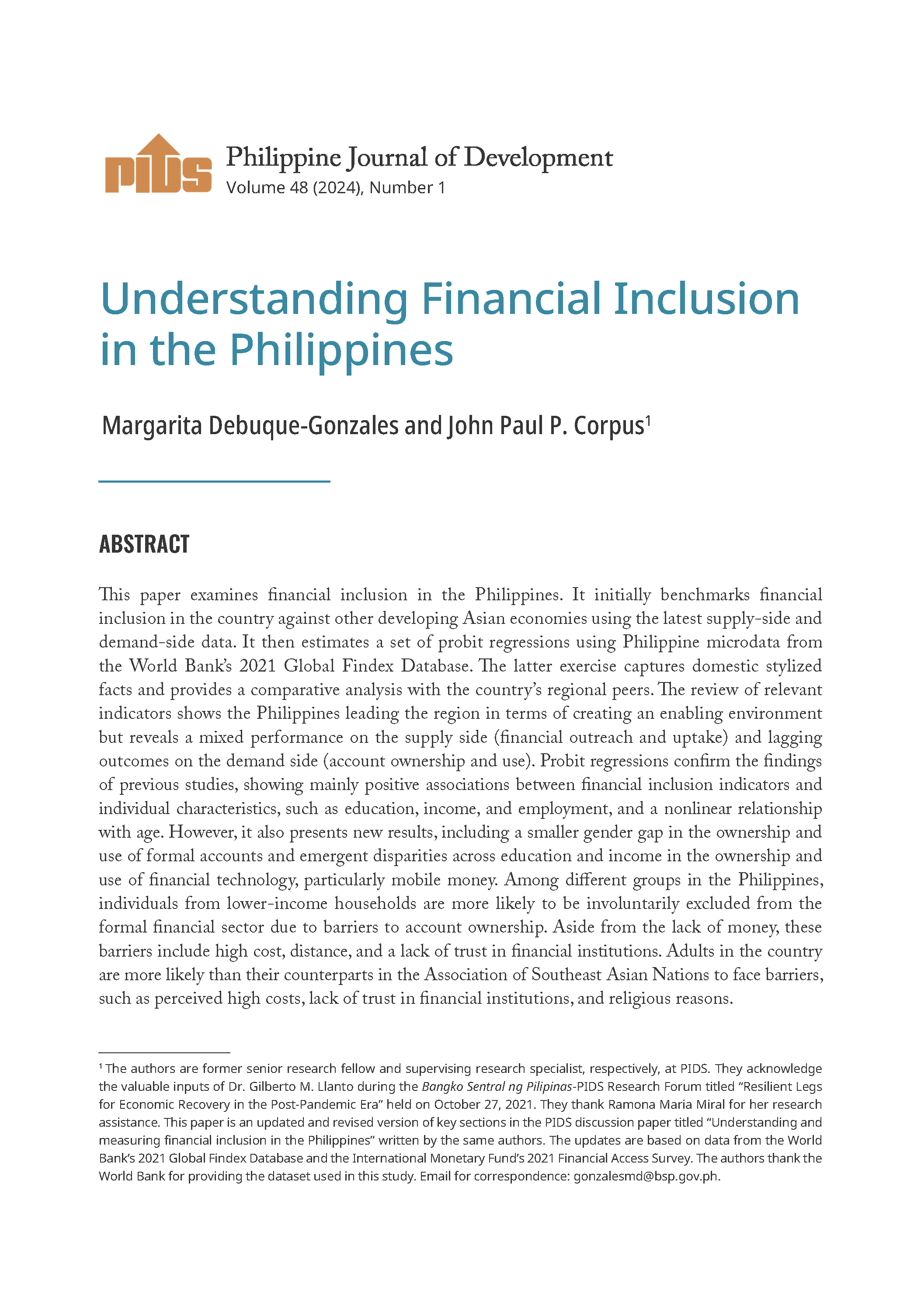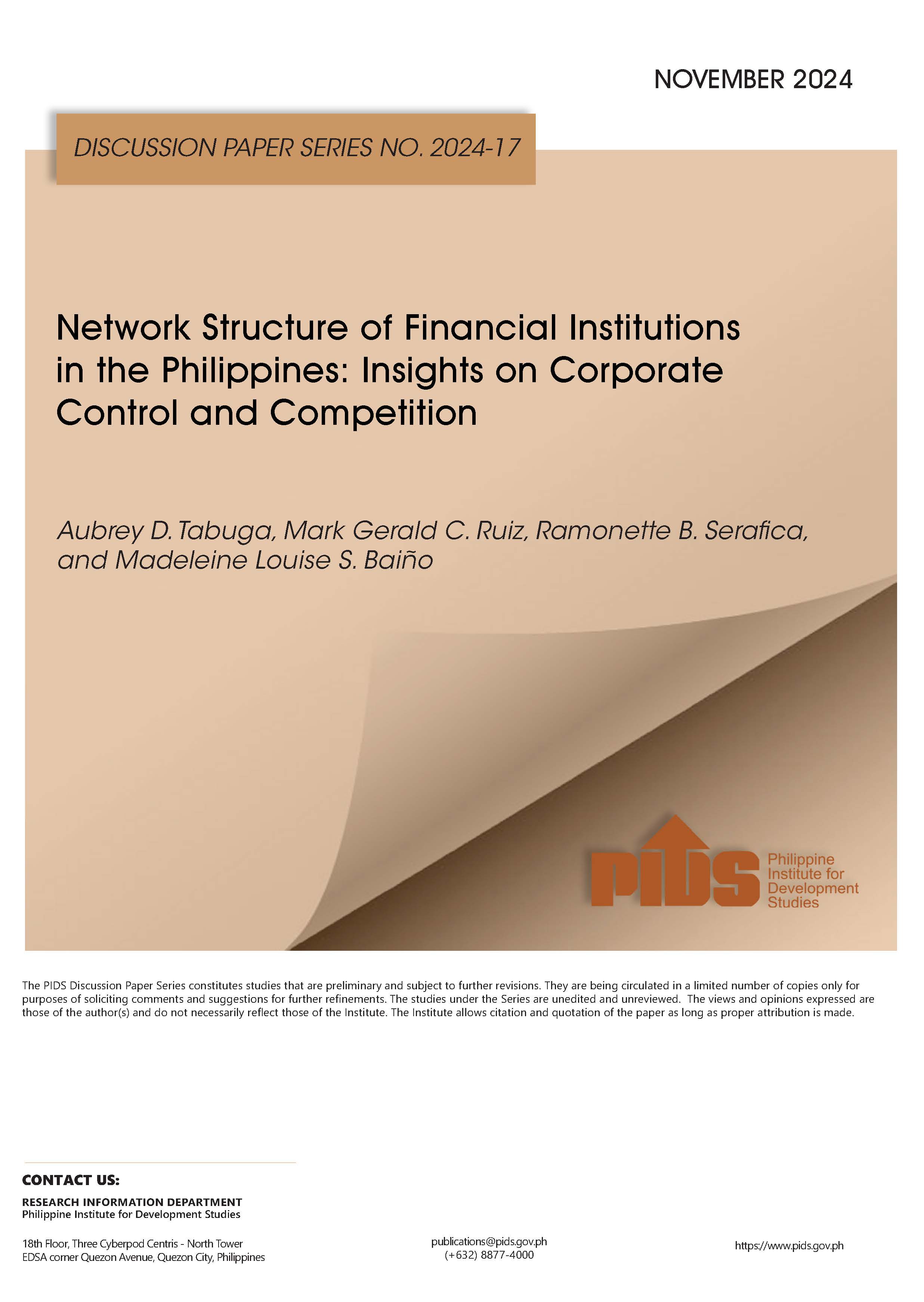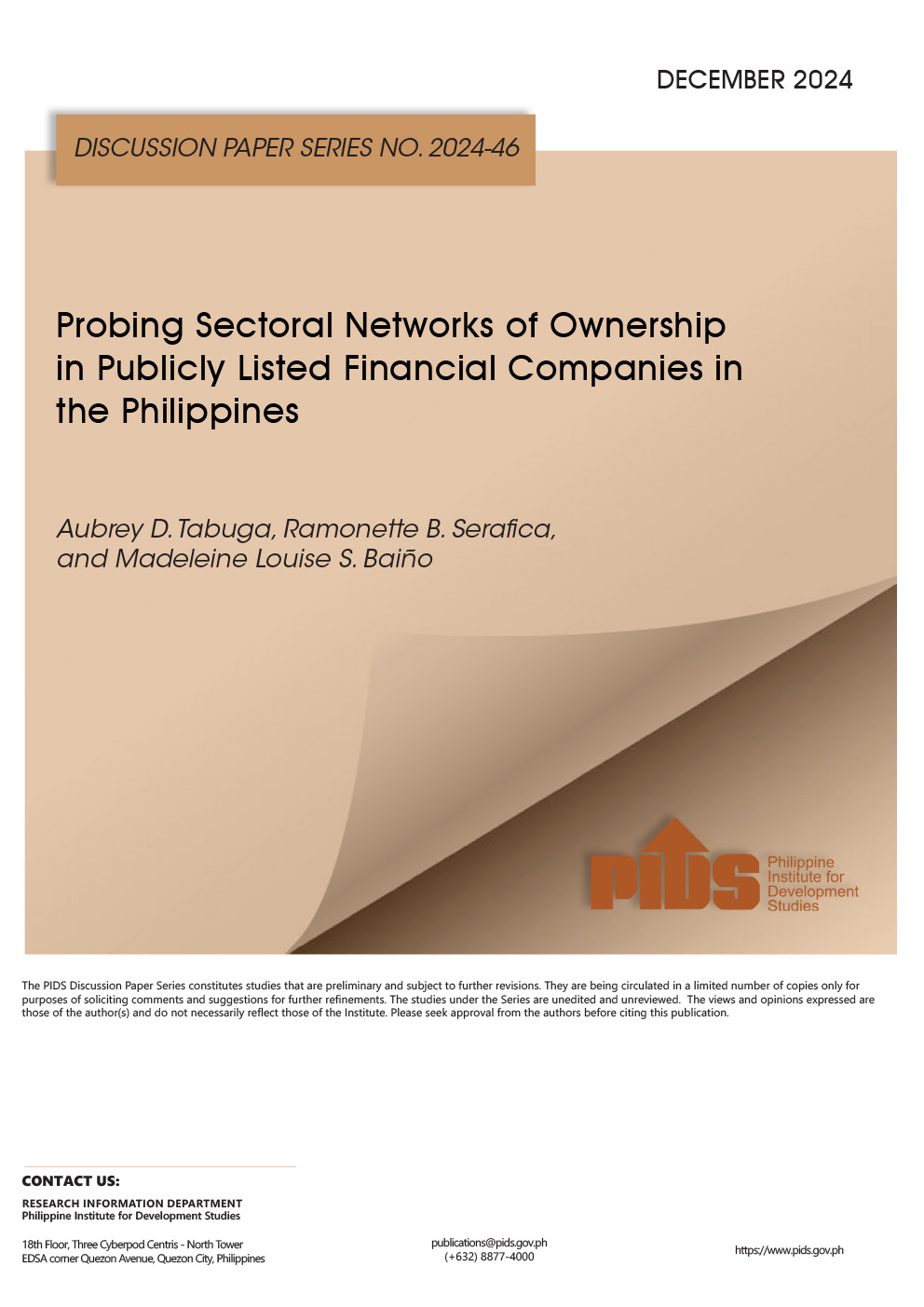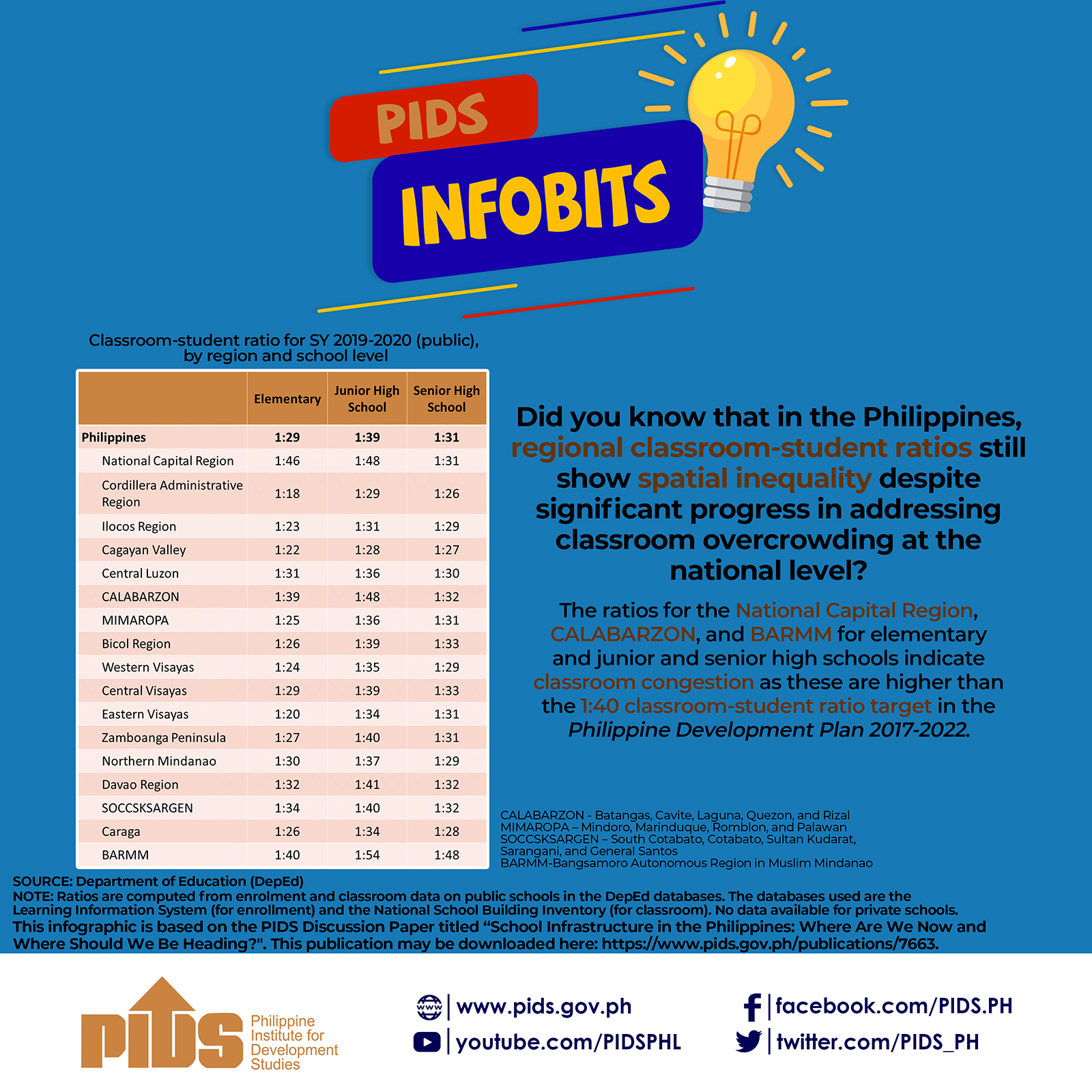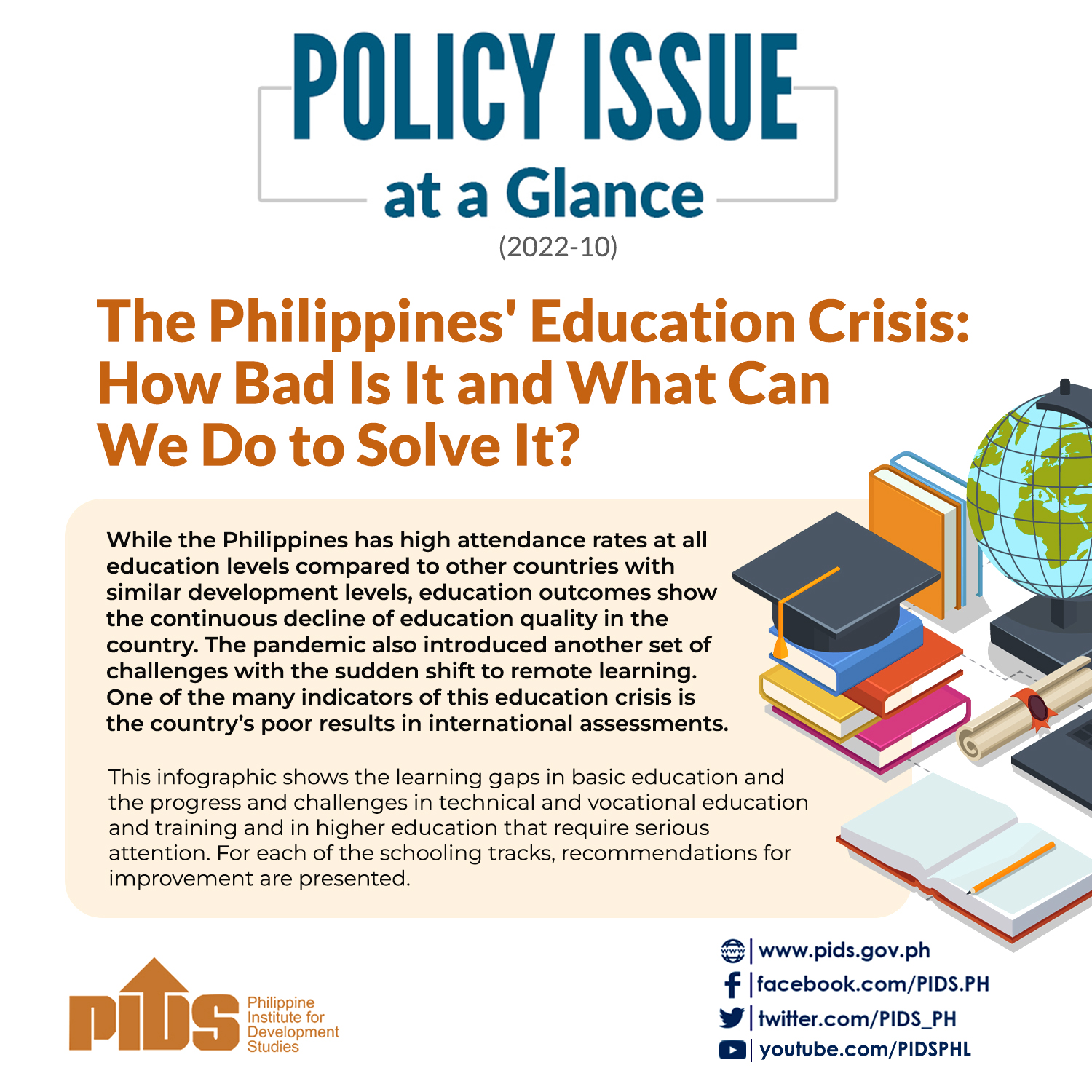The Philippine banks’ gross non-performing loan (NPL) ratio dropped to 3.30 percent in March 2025 from 3.38 percent in February and 3.39 percent in March 2024, data from the Bangko Sentral ng Pilipinas (BSP) showed.
Even as the NPL bad ratio eased, however, the total amount of NPLs, or “soured loans,” went up slightly in March, or by 0.54 percent to P516.12 billion, from P513.35 billion in February.
Year-on-year, March’s non-performing loans were 11.07 percent higher than the P464.67 billion posted in March 2024.
The BSP said the NPL ratio measures bad loans divided by the total value of banks’ loan portfolio, which hit P15.63 trillion in March 2025. This was 3.03 percent higher than the P15.17 trillion in February 2025.
Year-on-year, the March 2025 banks’ loan portfolio was 14.17 percent higher than the P13.69 trillion recorded in March last year.
The BSP said loans are classified as non-performing when payments of principal and interest are unpaid after 90 days from the due date, or when future payments are not expected to be received in full.
Positive signal
“The decline in NPL ratio is a positive signal for the PH banking sector,” John Paolo Rivera, a research fellow at the Philippine Institute for Development Studies, said in a Viber message to Malaya Business Insight.
E-commerce solutions
Rivera said the decline reflects a combination of improving asset quality, better repayment behavior, and possibly refinancing or loan restructuring efforts that have helped borrowers stay current.
“It also suggests that the credit risk environment remains manageable for now, which is important for financial stability,” Rivera said.
However, Rivera warned that the sustainability of this trend “will depend on
how the economy performs in the next quarters, especially in the face of external headwinds and evolving domestic demand.”
“Banks still need to maintain prudent credit risk management, especially if election-related stimulus fades and inflationary pressures persist,” he said.
Three-month low
“(The) banks’ gross NPL ratio in March 2025 is the lowest in three months, or since December 2024’s 3.27 percent, and among the lowest in 4.5 years, since August 2020, when the NPL ratio was at 2.84 percent,” Michael Ricafort, RCBC’s chief economist, said.
Ricafort said the rate cuts by the central bank, totaling 1.00 percentage point since the latter part of 2024, reduced borrowing costs and interest expenses, thereby “improving some borrowers’ ability to pay their loans and partly helping reduce the NPL ratio.”
Reinielle Matt Erece, an Oikonomia Advisory & Research Inc. economist, said, “Monetary policy easing may help boost lending and economic activity in this area.”
“The easing NPL ratio may be attributed to faster lending growth experienced this year, compared with 2024, as the NPL ratio simply divides the NPL amount by total loan growth. Faster lending growth may reduce the ratio,” Erece said.
Ability to pay
Ricafort said the country’s continued economic growth amid benign inflation improved the ability of some borrowers to pay their loans.
“Better employment data, among the best in 20 years, also fundamentally increased incomes and spending power by Filipinos, allowing them to borrow more, which led to faster growth in consumer loans and also improved their ability to service their loans,” Ricafort said.
Ricafort said further rate cuts by the BSP would reduce borrowing costs, which would help improve loan payments.
During the last Monetary Board, the BSP decided to cut its Target Reverse Repurchase Rate by 25 basis points to 5.5 percent, citing a more manageable inflation outlook. Interest rates on overnight deposits were adjusted accordingly to 5 percent, and the lending facilities to 6 percent.
Ricafort said that relatively higher interest rates locally continue to weigh down economic activities.
Ricafort sees “possible additional BSP rate cuts of 75 basis points for the rest of 2025.”

